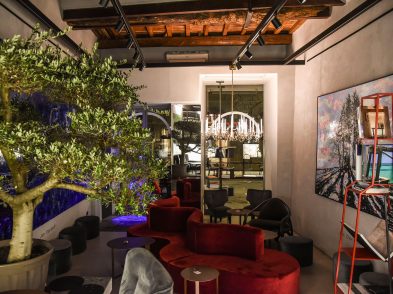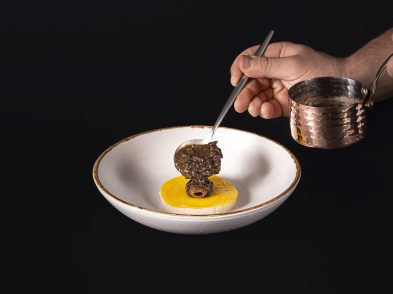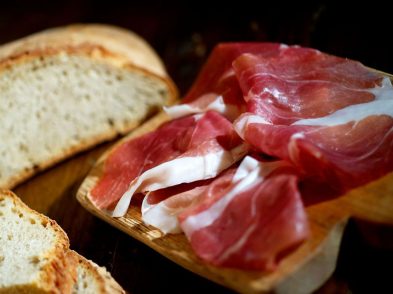This month I would like to draw your attention to monks. I always feel grateful to monks at Christmas time since my preferred tinsel tipple is Tuscan Vin Santo.
Warming, sweet and nutty, reminiscent of treacle and deeply devout given the ecstasy it is capable of instilling, monks had much to do with this fine dessert wine, for it was the brotherhood that reawakened viticulture in the hills around Florence and Siena after the Romans let wine production slide in Tuscany. (Apparently the Romans preferred the fuller bodied wines from the south.) The monks needed wine for their liturgy, so they set about planting and managing vines and producing wines wherever their monasteries were based. The sweet wine used to celebrate mass was named Vin Santo, or “Holy Wine”. Legend has it that plague victims could be cured with this miraculous elixir. But what is truly extraordinary is the process through which the grapes must go, and the tender loving care taken by winemakers to produce this remarkable wine.
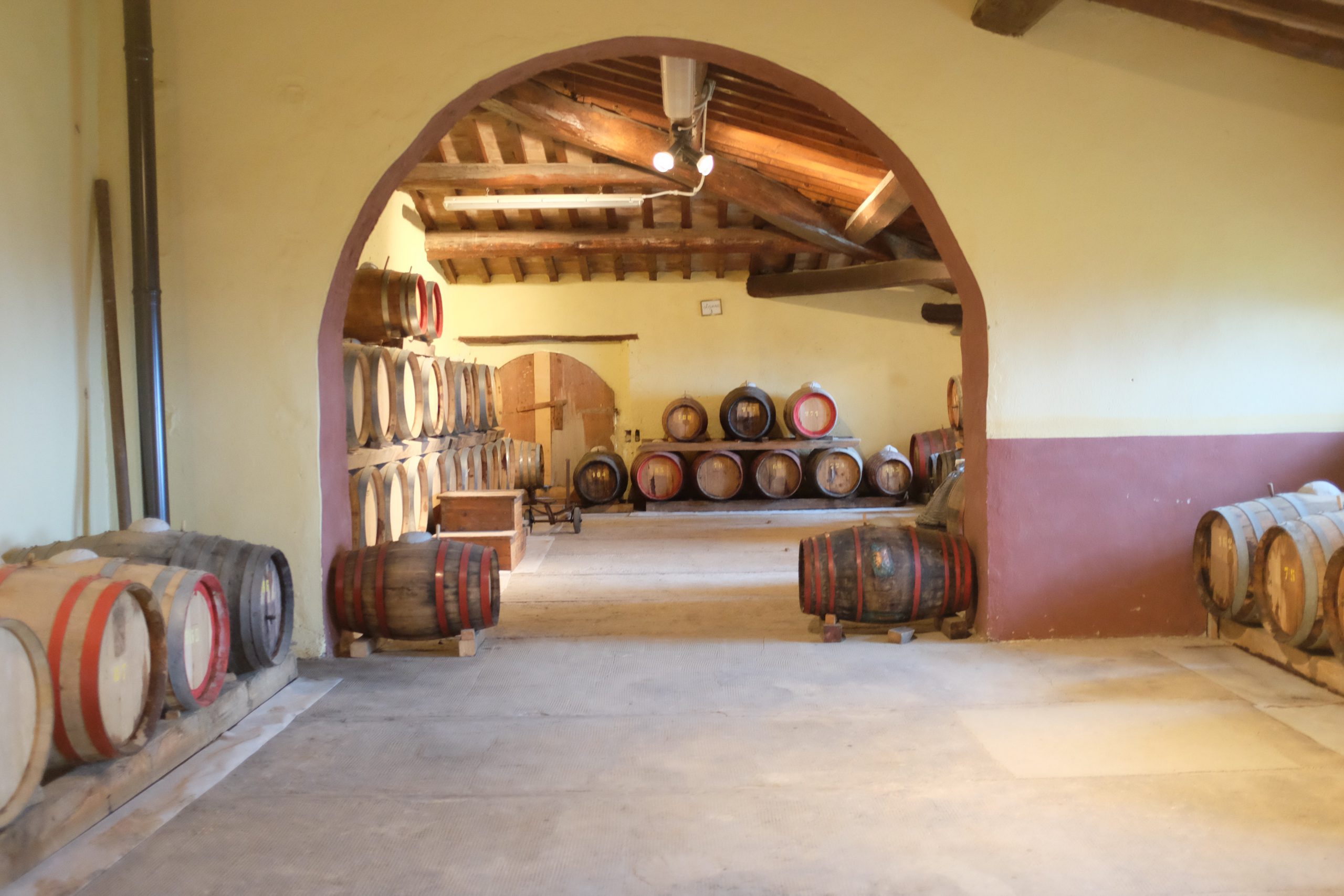
The vinsantaia at Capezzana / ph. Marco Badiani
How to make it
Vin Santo can be made from white grapes, usually Malvasia and Trebbiano, and red grapes, the ubiquitous Sangiovese. Occhio di Pernice,” meaning “Eye of the Partridge”, is the rather poetic name bestowed upon the red version of Vin Santo, alluding to the wine’s brilliant colour. The grapes are picked in September and are taken to a well ventilated room where the bunches are laid gently on straw mats or hung on wire hooks to dry for five months.
At Capezzana, in Carmignano, winemaker Benedetta Contini Bonacossi goes to the drying room—the “appassitoio”—three times a day, seven days a week over the course of the five months to check the humidity levels. She will open the windows if the weather is nice, and will switch on the fans if it is wet to ward off the threat of rot.
In February the shrivelled grapes are gently pressed yielding a tiny amount of juice. This juice is fantastically sweet, yet it still retains high levels of acid. All that is lost (and essentially so) is the water content of the grape during the drying period. The flavours will have concentrated too. To intensify things further that rich juice is poured into tiny 50-litre wooden barrels called “caratelli”, where the holy wine will ferment and age for a minimum of five years.
In the vinsantaia
The “caratelli” are placed in airy lofts known as “vinsantaie”. These attics are not temperature controlled like most wine cellars, which means that the wines feel the heat of the summer and the cold of the winter. Because the “caratelli” are sealed with wax, the winemaker cannot top up the wine level when wine is lost due to evaporation in the hot summer months, leaving space for oxygen to move around, usually a situation detrimental to the production of wine, but not Vin Santo. This gentle oxidation of the wine in the “caratelli” actually benefits the wine, extending its lifespan.
Opening the “caratelli” is a “truly magical moment” for the team at Avignonesi, where Vin Santo remains in barrel for ten years. Winemaker Matteo Giustiniani commented, “Making Vin Santo is a labour of love but also of patience and faith—faith in how nature will shape the Vin Santo during its time in the ‘caratelli’”.
Not for profit
No winery will ever make a profit from Vin Santo. It is a labour of love alone.
Winemaker/owner Marco Ricasoli-Firidolfi of Rocca di Montegrossi, in Gaiole in Chianti, makes fewer than 2,000 half-bottles a year. He tells me he “enjoys the challenge”, that all the effort to produce Vin Santo is what makes it so special, and such effort is rewarded “by the pleasure of drinking it, of sharing it once it is finally ready—it is like pouring poetry”.
Paolo di Marchi, winemaker at Isole e Olena, in Barberino Val d’Elsa, is equally effusive. “It is such a magical product! Archaic, pristine, yes, magical… It reminds me that we do not have to control everything, that oxidation—usually the death of things—can result in something that bears a longer life, a contradiction in Mother Nature, a great lesson.”
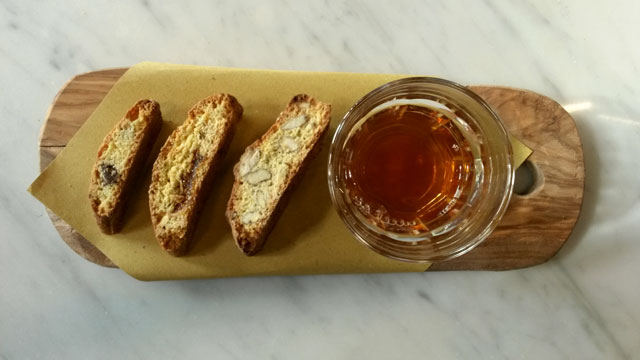
Cookies or not? How to serve vin santo is a science.
How to serve and what to eat with Vin Santo
Sip Vin Santo from a large glass, slightly chilled at about 14-16 degrees. Vin Santo is habitually served with cantuccini, but none of the winemakers mention cookies. Instead they prefer to sip it by itself or with a strong, mature cheese. Some prefer a good Tuscan cigar, others poured over a scoop of “crema” gelato. The best match? Good friends is a great match for this fine wine.
My favourite five Vin Santo
Capezzana, Vin Santo di Carmignano
Rocca di Montegrossi, Vin Santo del Chianti Classico
Avignonesi, “Occhio di Pernice” Vin Santo di Montepulciano
Isole e Olena, Vin Santo del Chianti Classico
Azienda Agricola Casale, Vin Santo del Chianti




